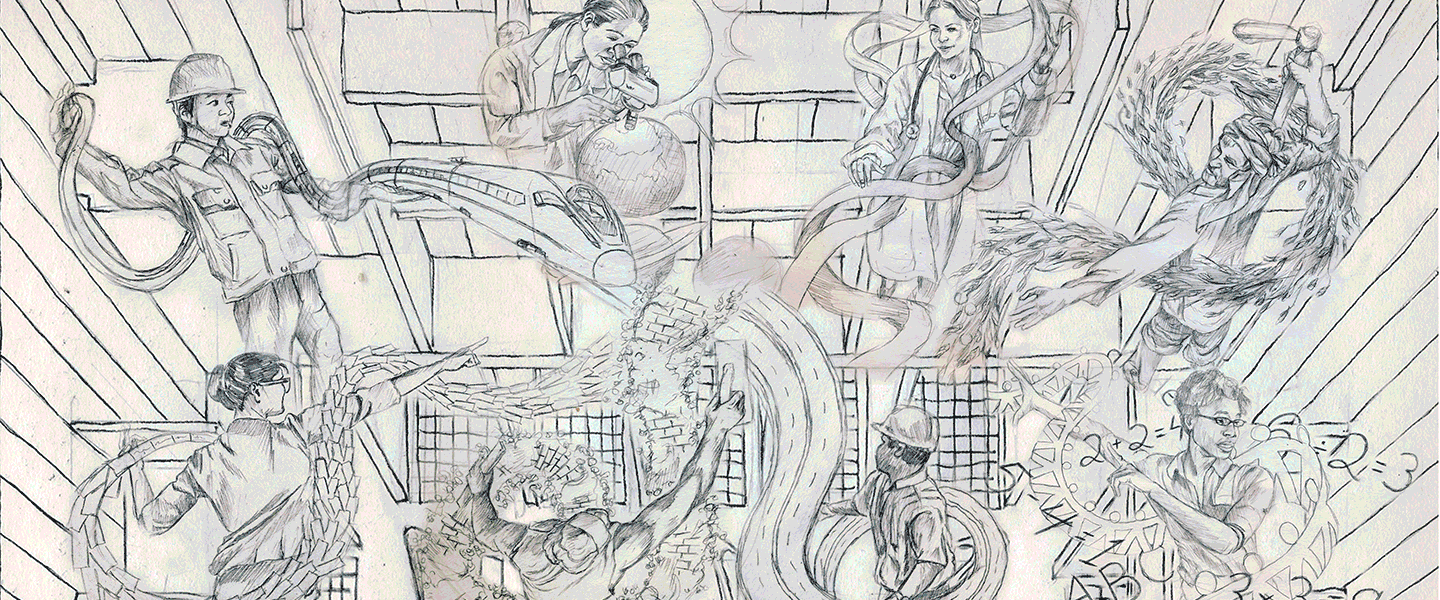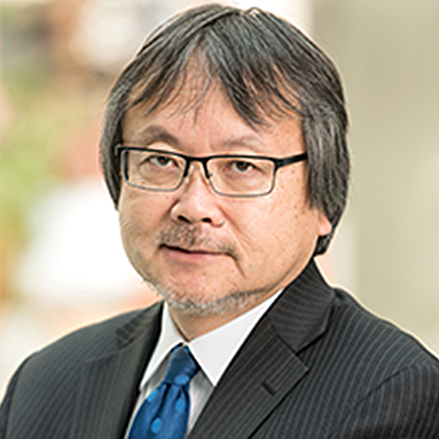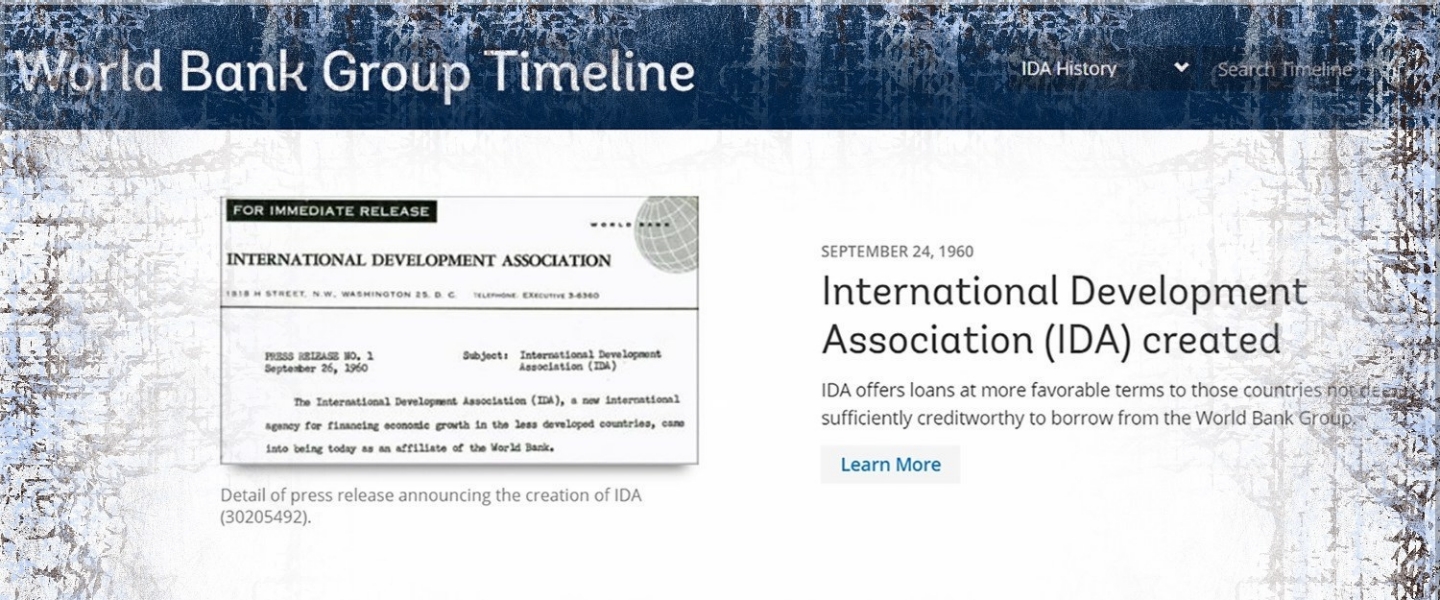From decade to decade, from challenge to challenge, IDA has supported countries in starting new chapters and seeing results. As it continues to deliver, listen and evolve, here is a look back at some of the achievements that have been made possible:
Green Revolution
In its early years, IDA concentrated on large-scale infrastructure projects. But it was not long before IDA recognized the potential of agriculture to reduce food imports, create jobs, and help countries make their way out of poverty. In the mid-1960s, for example, India imported 10 to 12 million tons of food grains annually.
People, Livelihoods and Institutions
Over time, IDA’s approach has become more comprehensive and strategic, reflecting experience and the changing nature of development. IDA recognized the value of human capital investments and effective institutions, and progressively increased its focus on key social sectors, such as education, health, social protection, water and sanitation, as well as good governance. Today, 41 percent of IDA resources are invested in the social sectors and 14 percent go to public administration and law.
In recent years, job creation and sustainable economic growth have emerged as priorities for IDA countries. An estimated 20 million jobs need to be created in IDA countries every year for the next decade, simply to keep up with the growing number of young women and men entering the labor market. IDA is working to create more and better private sector jobs by building capabilities, creating markets, and connecting workers to jobs. For instance, IDA is leveraging tools across the World Bank Group to jumpstart private sector investment through the IDA Private Sector Window, which supports the International Finance Corporation and the Multilateral Investment Guarantee Agency in de-risking high development impact projects in fragile markets, and engaging in sectors including climate, small and medium enterprises, gender and infrastructure, among others.
Swift Response to Crises
When crises hit, IDA has always been decisive and fast-acting in its response. For example, in 2008, when countries were impacted by the global financial crisis and a food crisis, IDA responded by fast-tracking billions of dollars to help them cope, while providing relief through food, agricultural inputs, and safety nets.
Today, in response to the ongoing COVID-19 pandemic, IDA’s support is part of the broader $150-160 billion World Bank Group response over a 15-month period and includes $50-55 billion in low-interest credits and grants focused on saving lives, protecting the poor and vulnerable, creating jobs, saving businesses, and building a more resilient recovery. Over the next 12 months, IDA will deliver close to $10 billion in new grants for low-income countries at higher risk of debt distress.
Leadership on Global Challenges
IDA has been a leader in addressing global challenges such as climate change, conflict, and gender inequality. Here are some examples of how IDA brings positive change to the 1.3 billion people who live in the poorest countries:
Climate change presents a clear, near-term threat to global efforts to end poverty. IDA helps countries adapt by bringing new solutions—such as better weather data, drought-resistant crops, disaster insurance, and warning systems. IDA also helps to find innovative ways to harness energy and reduce carbon emissions by making industries efficient and sustainable. In Vanuatu, for example, IDA provided 30,200 people living in remote areas with new or improved electricity service through renewable off-grid or mini-grid sources.
Fragility, conflict, and violence have continued to plague developing countries. IDA has been working with a broad range of partners to expand its role in the humanitarian-development-peacebuilding nexus and create a more conducive environment for development. For instance, in the Sahel,
IDA works to address gender inequality and make the world a better place for girls and women. IDA aims to get all girls in school, help women access financing to start small businesses, and ultimately improve the economic prospects of families and communities. For example, between 2012 and 2018, more than 15,500 Ethiopian women completed training in technical, vocational, and entrepreneurship, and their average yearly earnings increased by 28 percent.
A New Chapter in Development Financing
In 2018, IDA officially entered the global capital market. By blending its resources and capital market debt, IDA significantly increased financial support to its clients. This paved the way for a historic $82 billion IDA19 replenishment last December.
Over the past six decades, IDA has demonstrated tremendous capacity to grow and innovate, listen to countries’ needs, and incorporate lessons learned into better project designs, with the goal of delivering strong development outcomes for people most in need.




